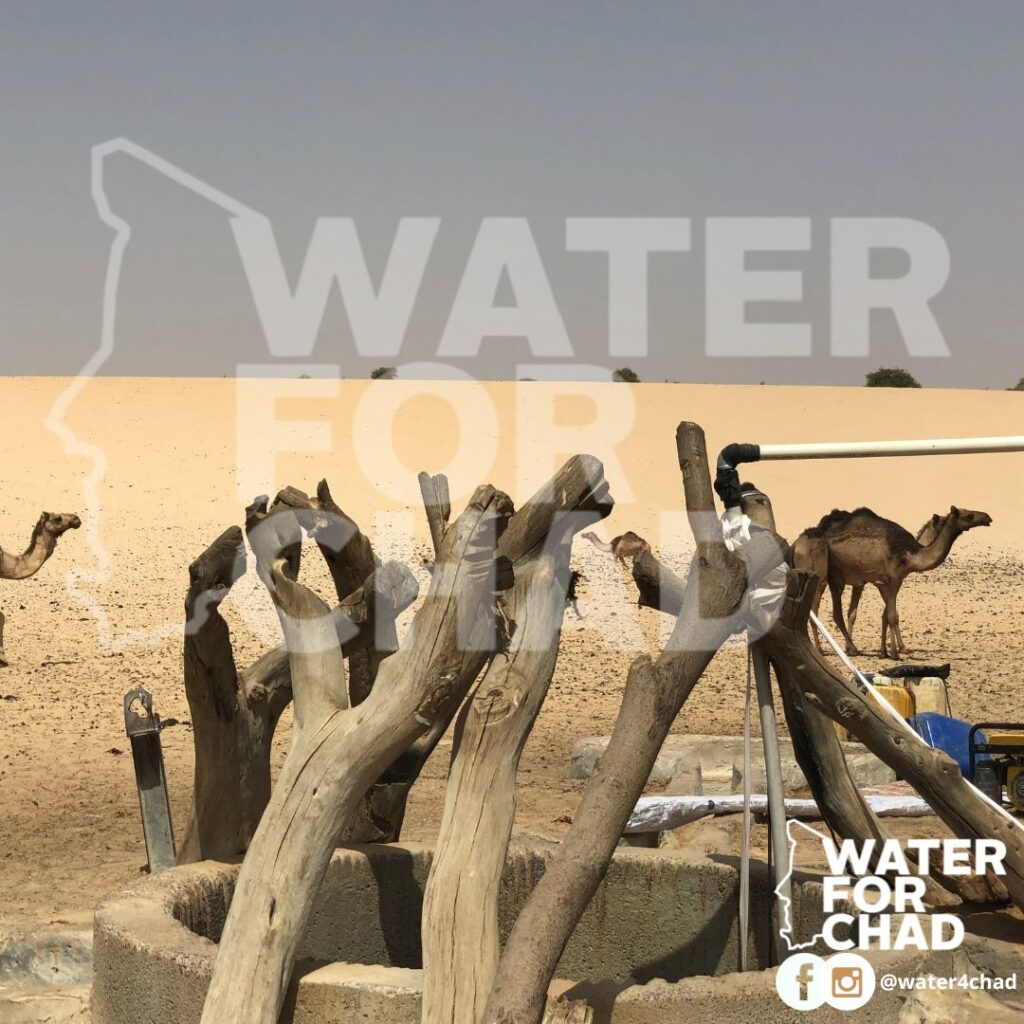Floods are a growing threat in Chad, where extreme weather events are becoming more frequent. Beyond displacing communities and destroying infrastructure, floods often lead to severe public health crises due to poor sanitation. Contaminated flood waters spread waterborne disease, disproportionately affecting vulnerable populations. Flood prevention stands as a key element for Chadian populations’ safety and development.
The Link Between Poor Sanitation and Floods
- Open Defecation: With 67% of Chad’s population practicing open defecation, floodwaters easily mix with human waste, contaminating nearby water sources.
- Lack of Sanitation Infrastructure: Inadequate or non-existent sewage systems fail to manage waste during floods, turning stagnant water into breeding grounds for disease.
- Water Contamination: Floods contaminate surface water sources, compromising safe drinking water supplies and increasing the risk of widespread illness.
Water for Chad’s Approach to Flood Prevention and Sanitation

Water for Chad integrates sanitation improvements into its water sanitation and hygiene (WASH) programs to mitigate the effects of floods:
- Building Resilient Infrastructure: The organization helps construct latrines and flood-resistant toilets to prevent contamination during heavy rains.
- Water Source Protection: By installing protective barriers around wells and boreholes, Water for Chad ensures clean water remains uncontaminated during floods.
Real-World Impact
Water for Chad’s efforts are transforming vulnerable communities. In flood-affected regions, the incidence of waterborne diseases has decreased by 40%, and access to clean water remains stable even during emergencies. These initiatives not only save lives but also strengthen communities’ ability to recover from disasters.
Donate here and visit our Instagram & Facebook pages @water4chad !
Here is the link to our latest article : How Climate Change Impacts the Water Cycle in Chad
Read more articles on our website: https://www.water4chad.org/blog/

